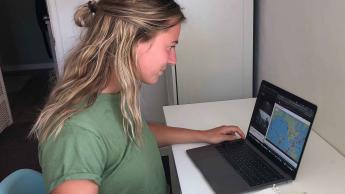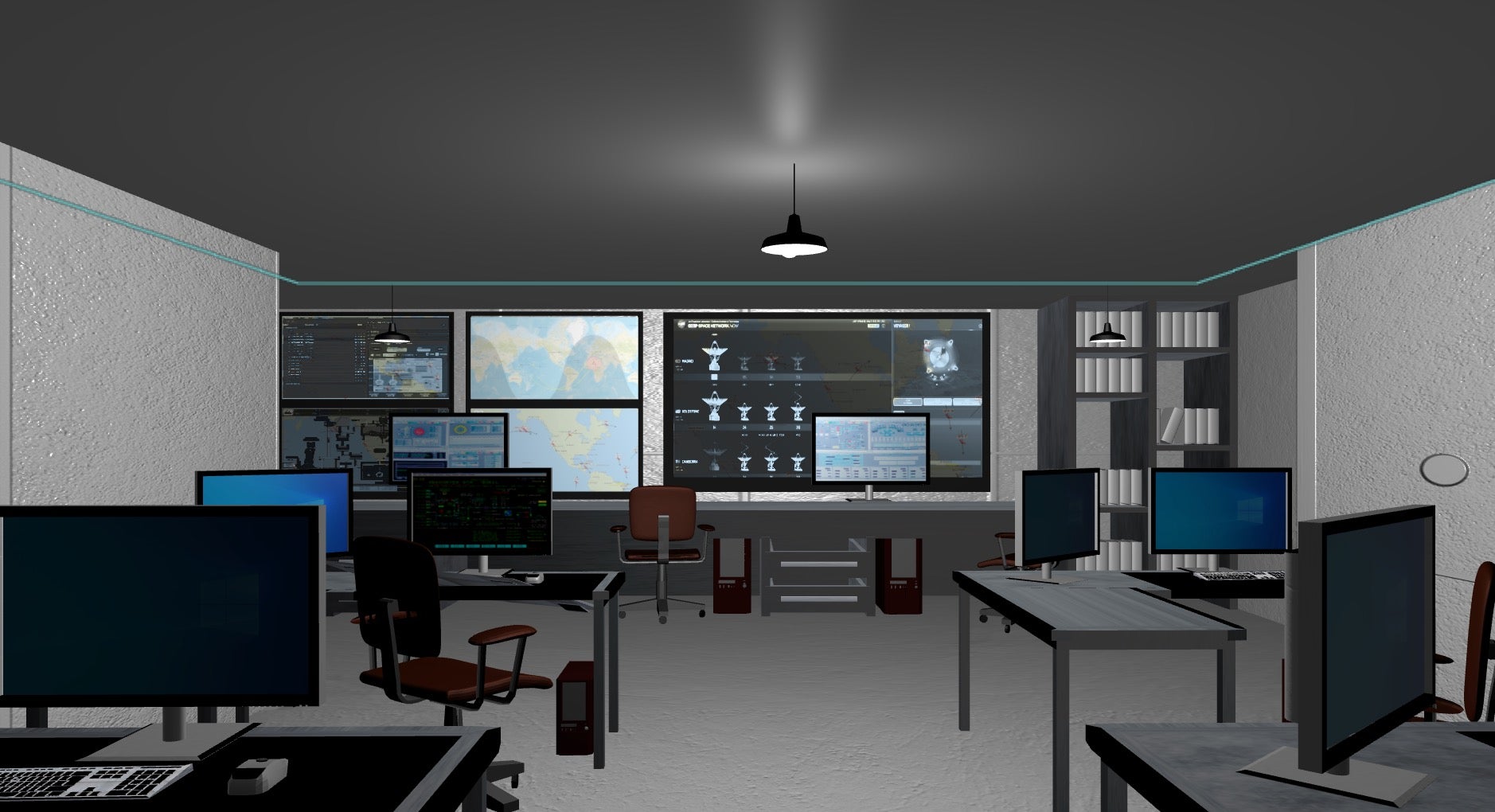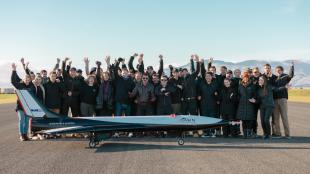Cal Poly Students Create Space Cybercrime Challenge for Virtual DEF CON Hacker Convention

Last summer, NASA revealed that hackers had breached the agency’s Jet Propulsion Laboratory in Pasadena a year before, stealing data that included information related to a Mars mission. While the hack was discovered before more serious damage could be done, it revealed that the effects of cybercrime could extend even beyond the planet.
It also inspired a space-themed hacker challenge that Cal Poly students created for this year’s DEF CON Safe Mode competition, Aug. 6-9.
“Protecting data in space has become an increasingly relevant topic, so it’s exciting to work with something that has such tangible applications,” said Bree Zedar, a mechanical engineering senior from Marina del Rey, who created the storyboard and puzzles for the challenge.
DEF CON, held annually in Las Vegas, is one of the largest hacker conventions in the world. This year, the convention — which usually features speakers and challenges related to cybersecurity — was held virtually because of the COVID-19 pandemic.
Cal Poly students who work for the California Cybersecurity Institute (CCI)were invited to create one of this year’s challenges. The CCI is a multi-agency effort to protect California from future cyber threats through training and research for government, academia, military, law enforcement, first responders and private entities. Cal Poly and the California National Guard are partners in the CCI.

“When we were debating concepts and topics, we wanted to make sure that the scenario was interesting, unique and current,” said James Poirier, an electrical engineering student from San Diego, who served as technical lead in creating digital forensics for the challenge.
The team drew inspiration from recent headlines. The April 2018 NASA discovery gave credence to fears that cybercriminals could access commercial satellites — crashing them into the International Space Station or using them to interfere with electric grids, water networks and transportation systems on Earth.
In the fictional Cal Poly challenge, a satellite crashes to the Earth mid-launch, leaving amateur cybersleuths to determine how the crash occurred, who caused it and why.
“It’s a pretty detailed story that involves a lot of layers,” Zedar said. “The story involves exposing a bunch of potential vulnerabilities of cyberspace data, like social engineering and the Internet of Things.”
The same challenge will be issued to dozens of middle- and high-school students during the annual California Cyber Innovation Challenge, which will be held virtually this year Oct. 2-4.
Typically, the CCIC is conducted through immersive environments that represent real-world scenarios. That requires participants to dig through evidence planted in mock rooms created and furnished by CCI staff. The teams connect the physical evidence to cyber methods to solve the mystery. But the COVID-19 pandemic forced Cal Poly students to come up with virtual challenges.
“This situation is requiring our student employees to pivot and adjust in ways that stretch their levels of knowledge and force them to adapt to new skills as well as overcome new challenges,” said Danielle Borrelli, CCI operations coordinator.
California Cybersecurity Institute partnerships with the Digital Transformation Hub (DxHub) and Amazon Cloud Innovation Center Program helped, allowing students to use the latest services and technology to make the challenge run smoothly for more than 1,000 users. By using Amazon Sumerian — a platform and toolkit allowing users to build mixed reality apps — students working on the DEF CON challenge expanded their knowledge of coding and virtual reality.
Then, students also had to learn about space exploration and technology.
“I looked at a lot of space-related articles that explained the physics behind motion, temperature and other satellite-related functions,” said Luis Plascencia, a computer science major, who created a code representing satellite functions. “Each and every day, I would learn something new about satellites and how they operate in Earth’s orbit to help improve not only space exploration but also communication across the globe.”
During the project, Plascencia, from Cambria, California, had to collaborate with other programmers, graphic designers and videographers.
Inspired by online games like Club Penguin, the student employees adopted a lot of mission-style challenges for the virtual competition, with puzzles related to the crashed satellite story. Those taking the challenge will peruse virtual rooms, solving puzzles and investigating each stop in order to collect all the clues they’ll need to dig through the digital forensics.
The different “rooms” created by the CCI students include the crash site itself and a cleanroom, said Zahnae Aquino, a computer science senior from Federal Way, Washington, who worked on the virtual escape rooms.
“Participants are given the ability to navigate the plot from an interactive, puzzle-driven lens through the virtual rooms,” Aquino said.
The entire experience, she said, is in the first person.
“I think the scenario is really engaging and fun,” Poirier said. “And the story behind it is really exciting to discover as you are going through the challenges.”
One advantage of a virtual world, Zedar said, is that virtual sets can be larger and more expansive.
“The sets can get extremely detailed and really mirror these real-life scenarios without having to worry about ‘faking it,’” she said.
The challenge is designed for all ages and skill levels, Poirier said.
“My favorite part of this challenge is how accessible it is to anyone with internet access and a desire to learn about satellites and space,” he said.
Top Photo: Bree Zedar, a mechanical engineering student, created the storyboards and puzzles for Cal Poly’s DEF CON cyber challenge.


